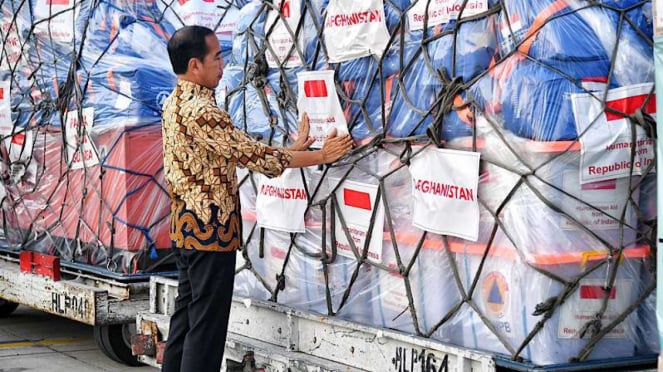Jakarta – Economists say the incoming Prabowo Subianto government will inherit a heavy economic burden with four potential crises that could occur during his rule.
Read also:
A series of economic problems for the Prabowo-Gibran government: from employment to budget deficit
Paramadina University economist Vijayanto Samirin said the first possible crisis is the financial crisis, which is reflected in the debt service ratio in 2025, which will reach 43.4 percent. Thus, almost 50 percent of state revenues are used only to pay interest and part of the principal debt.
“Then the tax rate could also stagnate due to structural problems, so future governments will rely more on state bonds (SBNs), which currently have a market rate of 7.2 percent. So, whether we like it or not, we are stuck in debt,” he said, as quoted by Vijayanto at the discussion on the “Prabowo Cabinet Dilemma under the Grand Coalition,” in Jakarta, Friday, July 12, 2024.
Read also:
Prabowo will create 41 ministries, says economist, and will be able to cover regular government expenses
The second crisis is the industrial crisis, which can be seen in the declining role of manufacturing in GDP. This is only 18 percent of GDP, or less than 22 percent in the mid-2010s.
Read also:
Dasco says Prabowo government will be fiscally disciplined and focus on job creation
Moreover, many entrepreneurs are now complaining about the government’s negligence in this situation, which ultimately affects the competitiveness of Indonesian products compared to products from other countries. This has led many local entrepreneurs to become agents or distributors of foreign products, such as Chinese products, instead of trying to develop production within the country.
“These are the big names (businessmen) who told me these stories. That is why we see textile or clothing factories closing and this will continue. Because… thought “This also happens among large companies,” he said.
The third crisis is the employment crisis. Currently, 10 million Generation Z are unemployed, so the government has not been able to take advantage of the demographic bonus. In fact, before President Jokowi’s term, only 40 percent of workers were working in the informal sector. But now this figure has reached 70 percent.

President Joko Widodo (Jokowi)
- Press Office of the Presidential Secretariat
This is consistent with companies’ reluctance to expand and instead gained greater efficiency by laying off many of their workers. “Because informal workers are actually unemployed, but they are still trying to make a living,” Vijayanto said.
The fourth crisis is the rupee crisis. According to the annual data (year) up to July 8, 2024, it was recorded that last year the weakness of the Garuda currency compared to world currencies reached 81.28 percent.
“Due to the global crisis, the rupee weakened by only 50 percent. But now we have weakened by more than 80 percent. This means that the problem is within us, i.e. structural and fundamental problems,” he said.
Next page
The third crisis is the employment crisis. Currently, 10 million Generation Z are unemployed, so the government has not been able to take advantage of the demographic bonus. In fact, before President Jokowi’s term, only 40 percent of workers were working in the informal sector. But now this figure has reached 70 percent.
